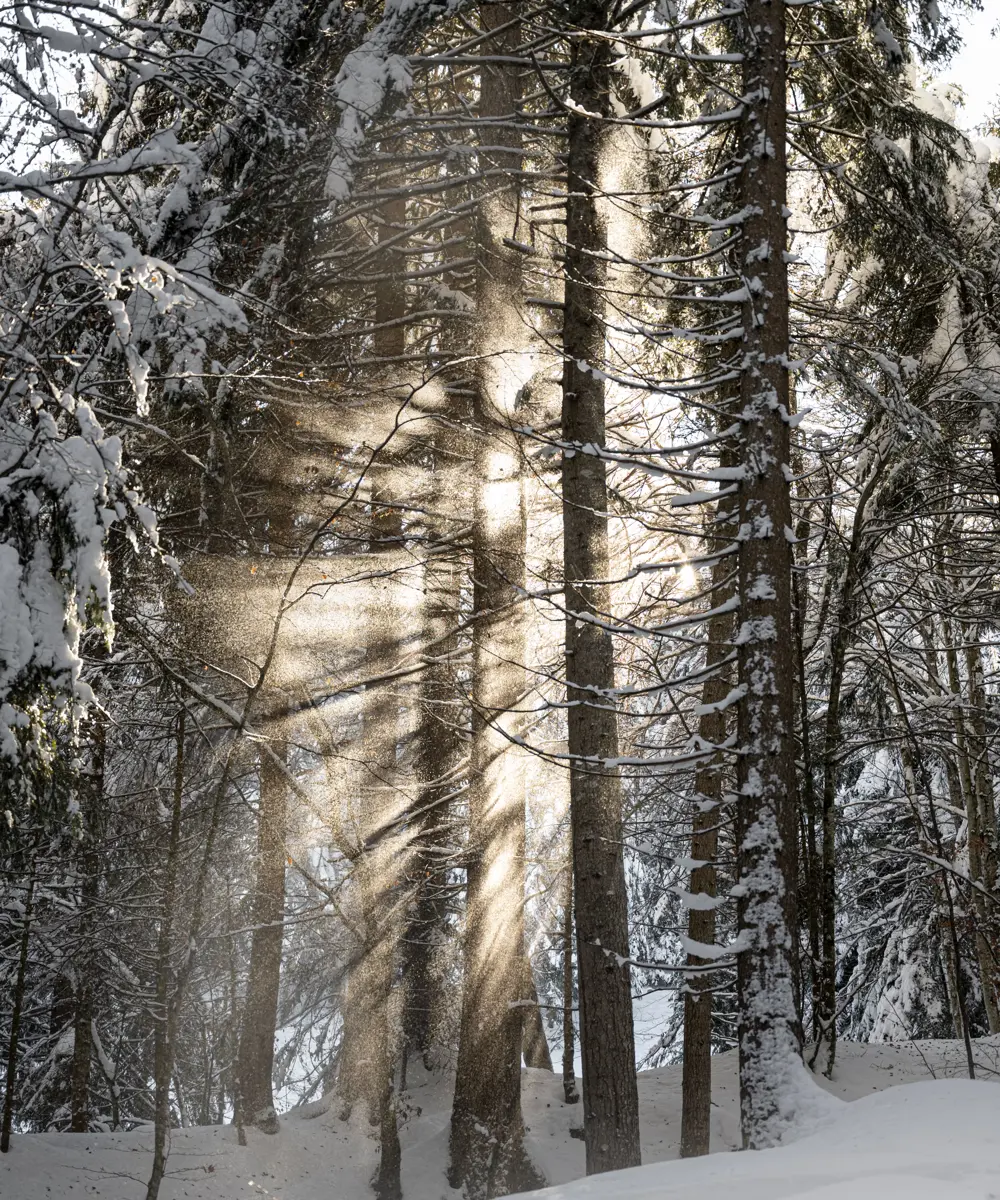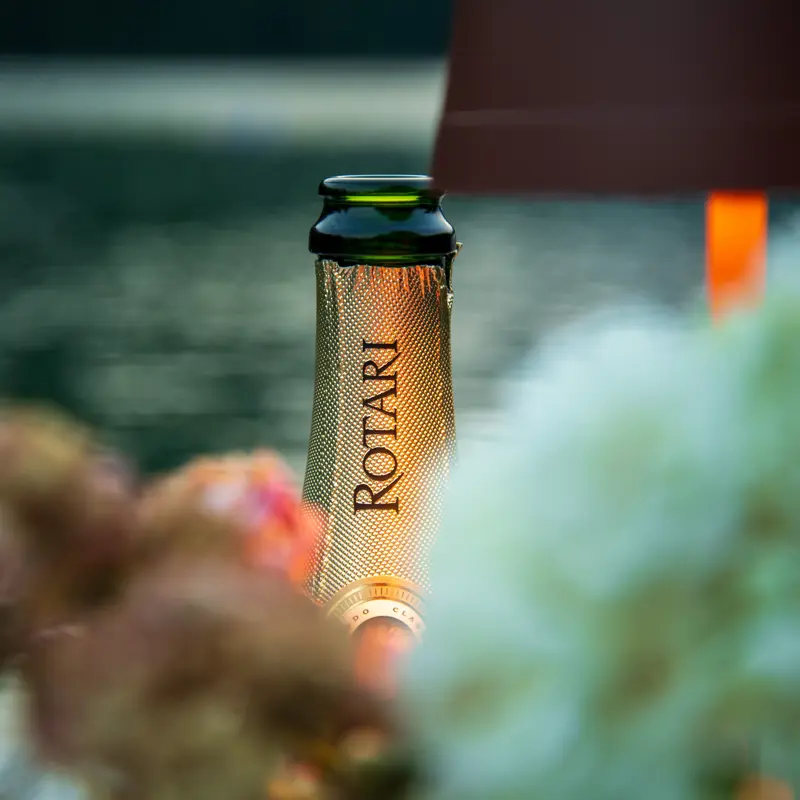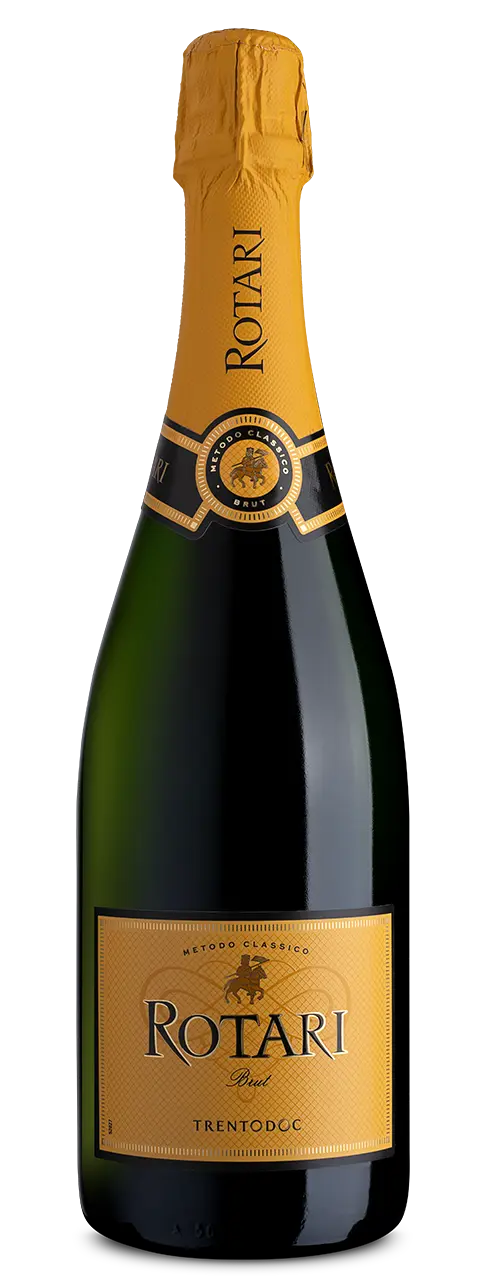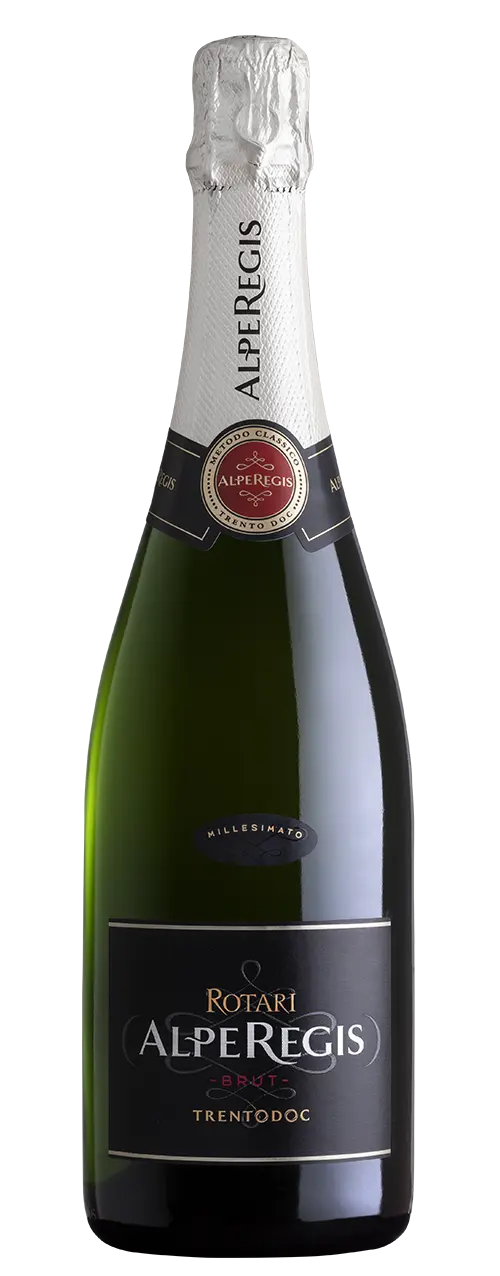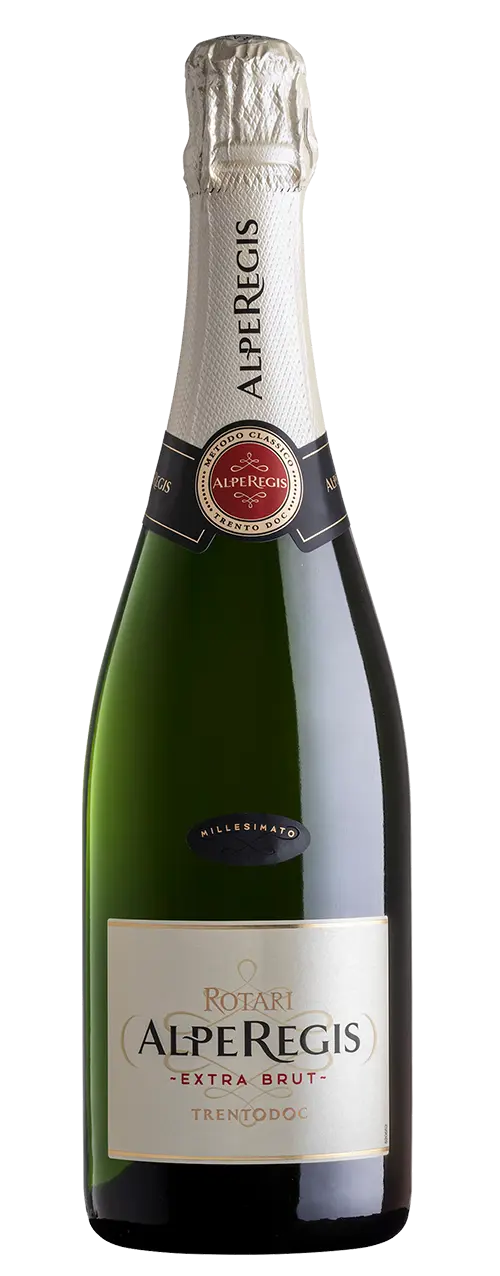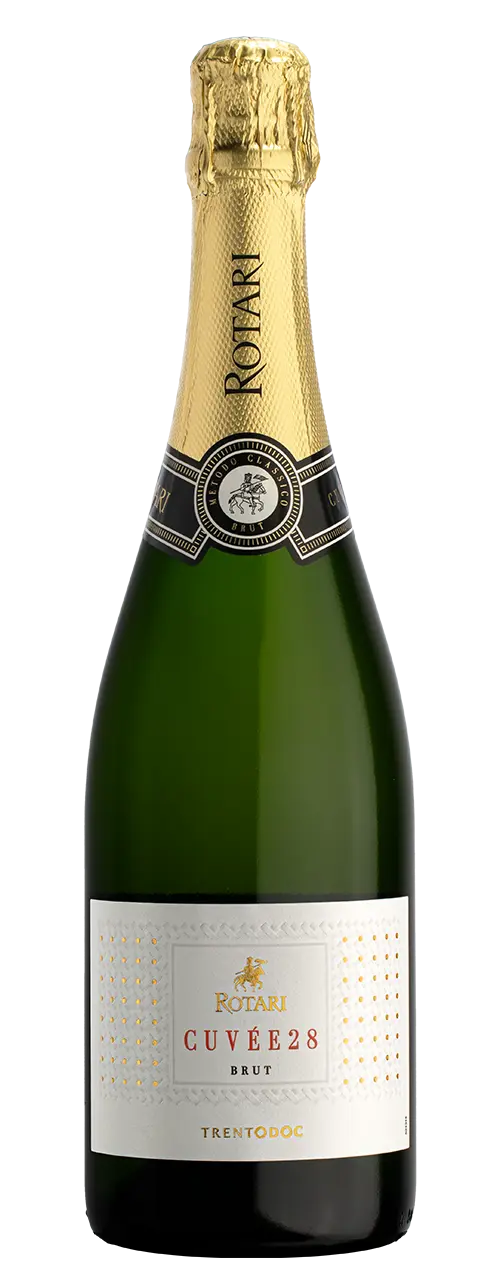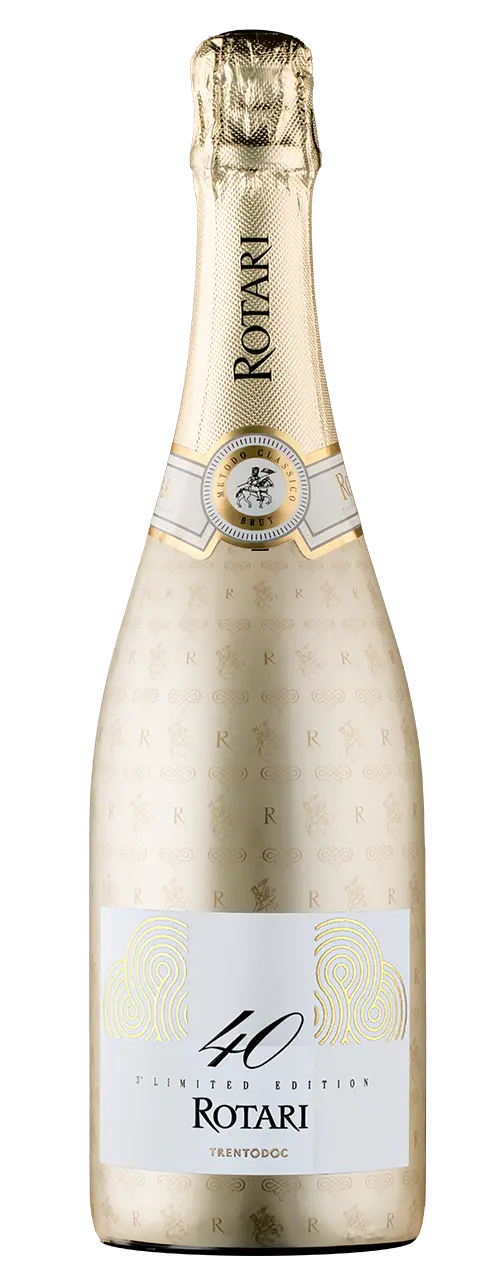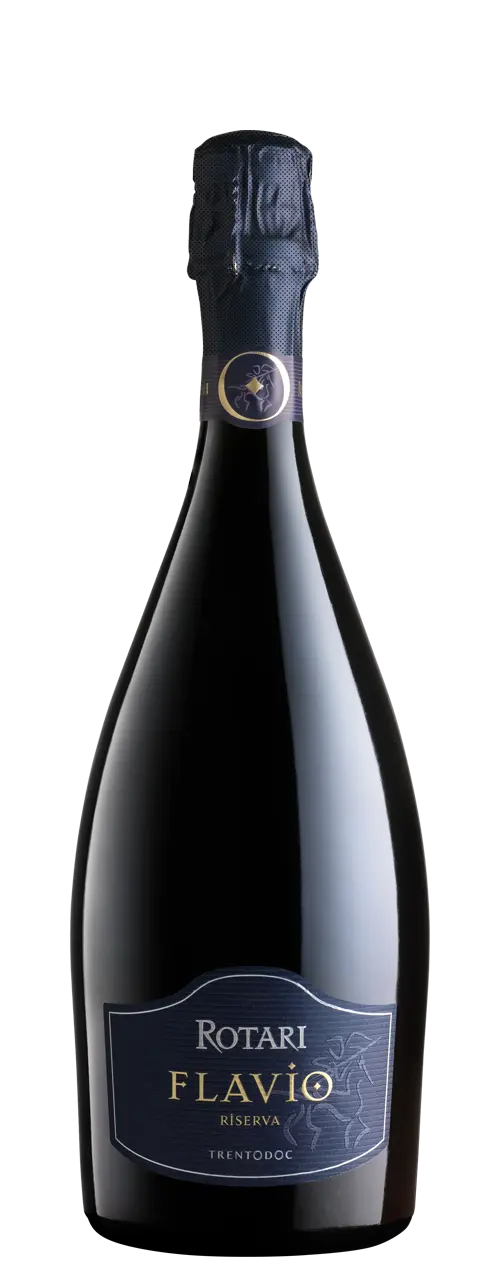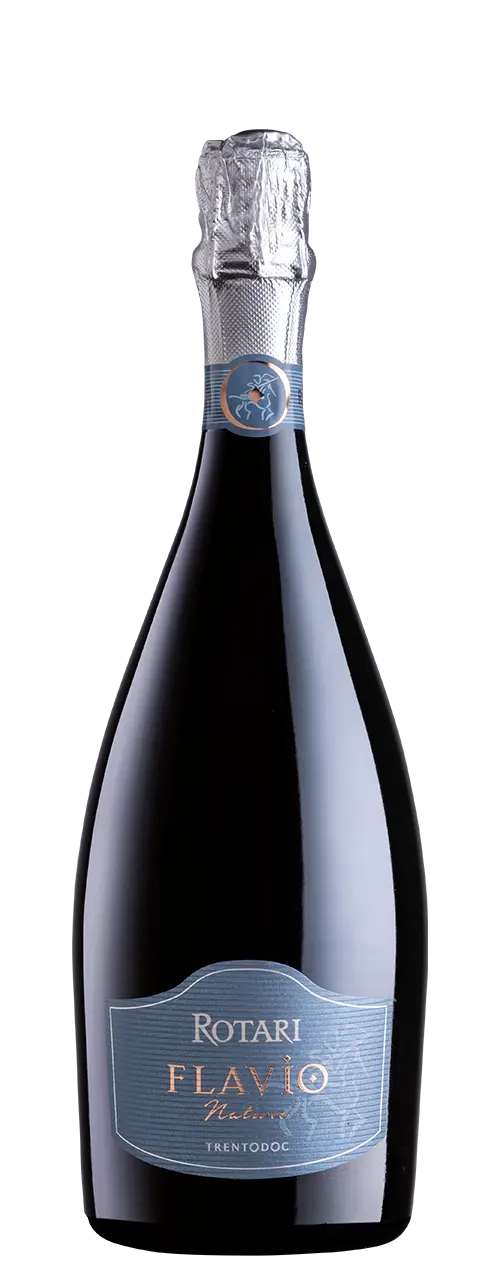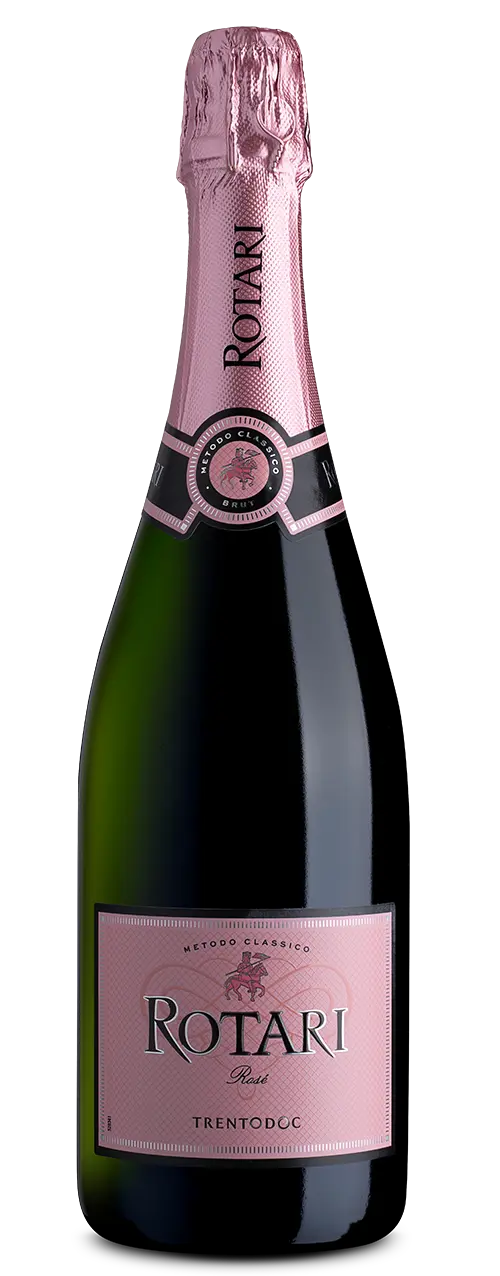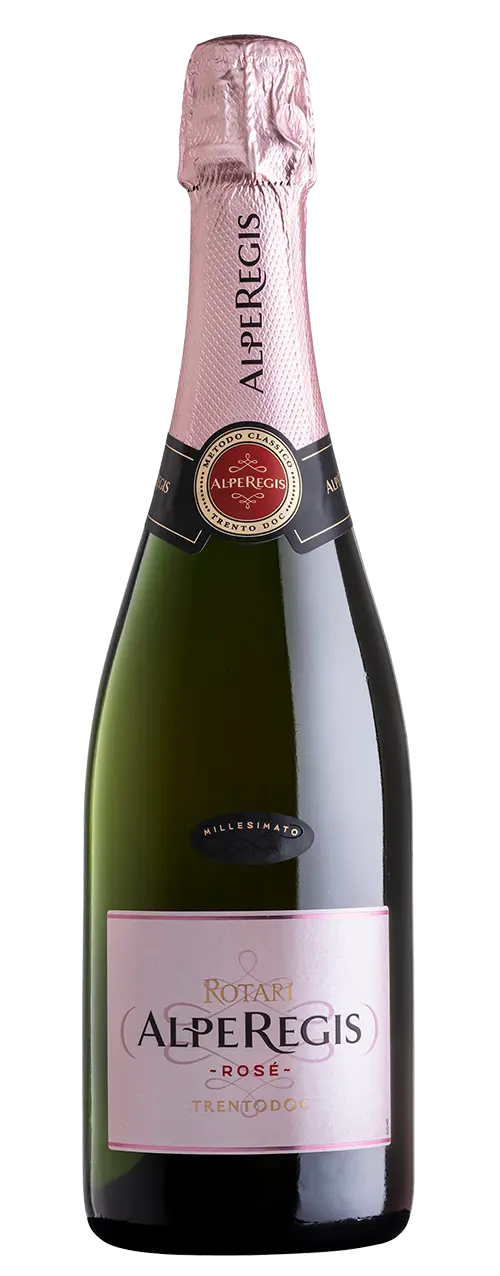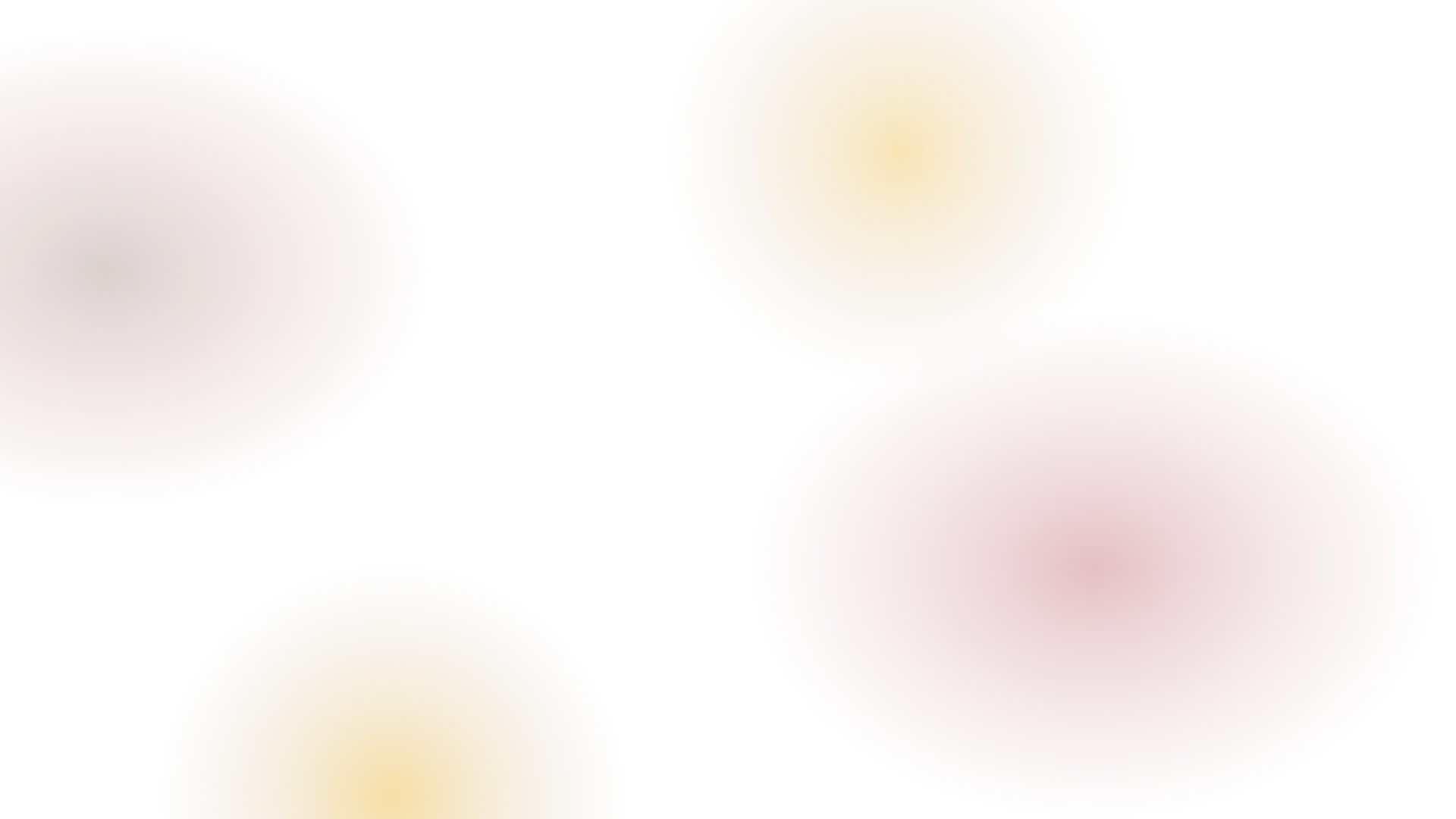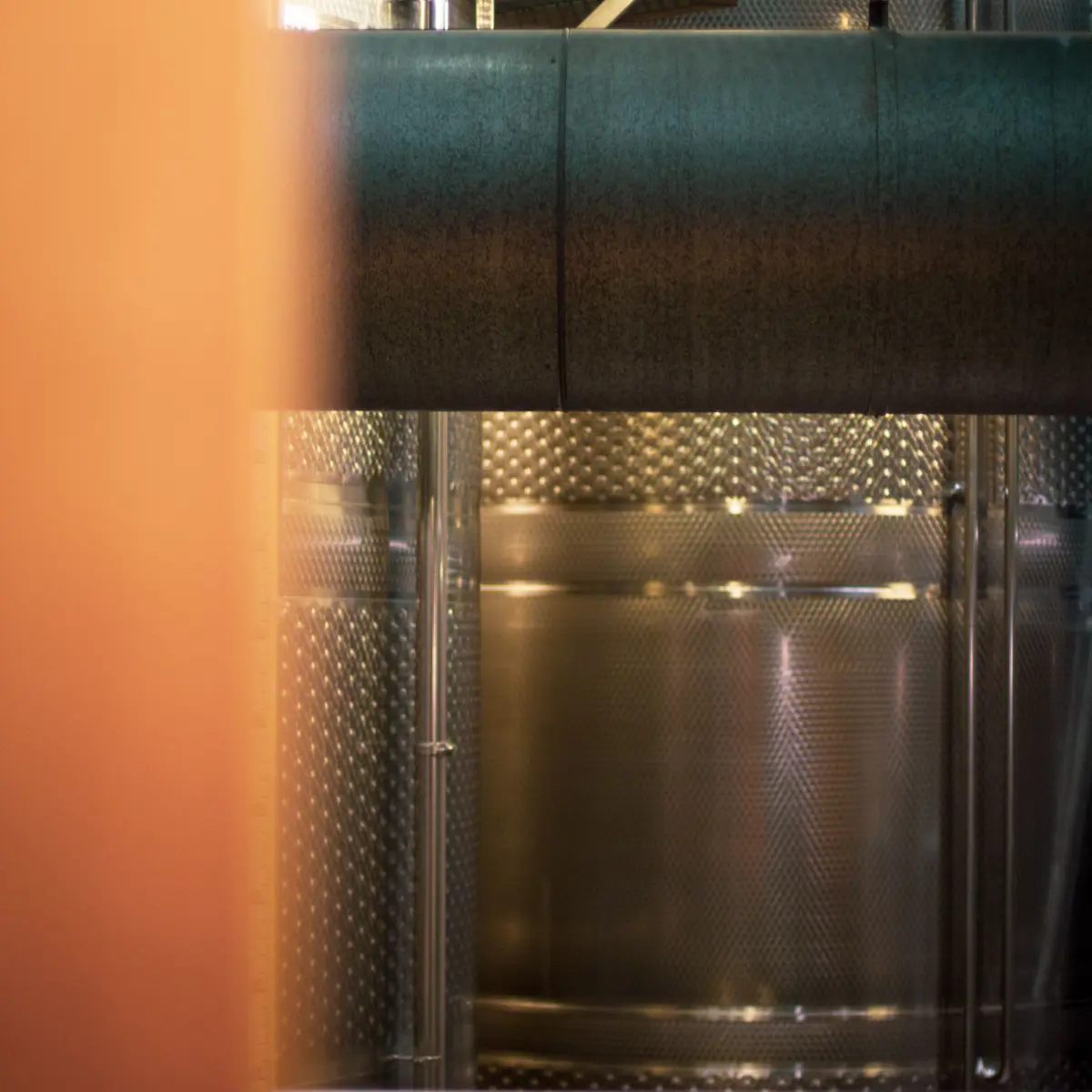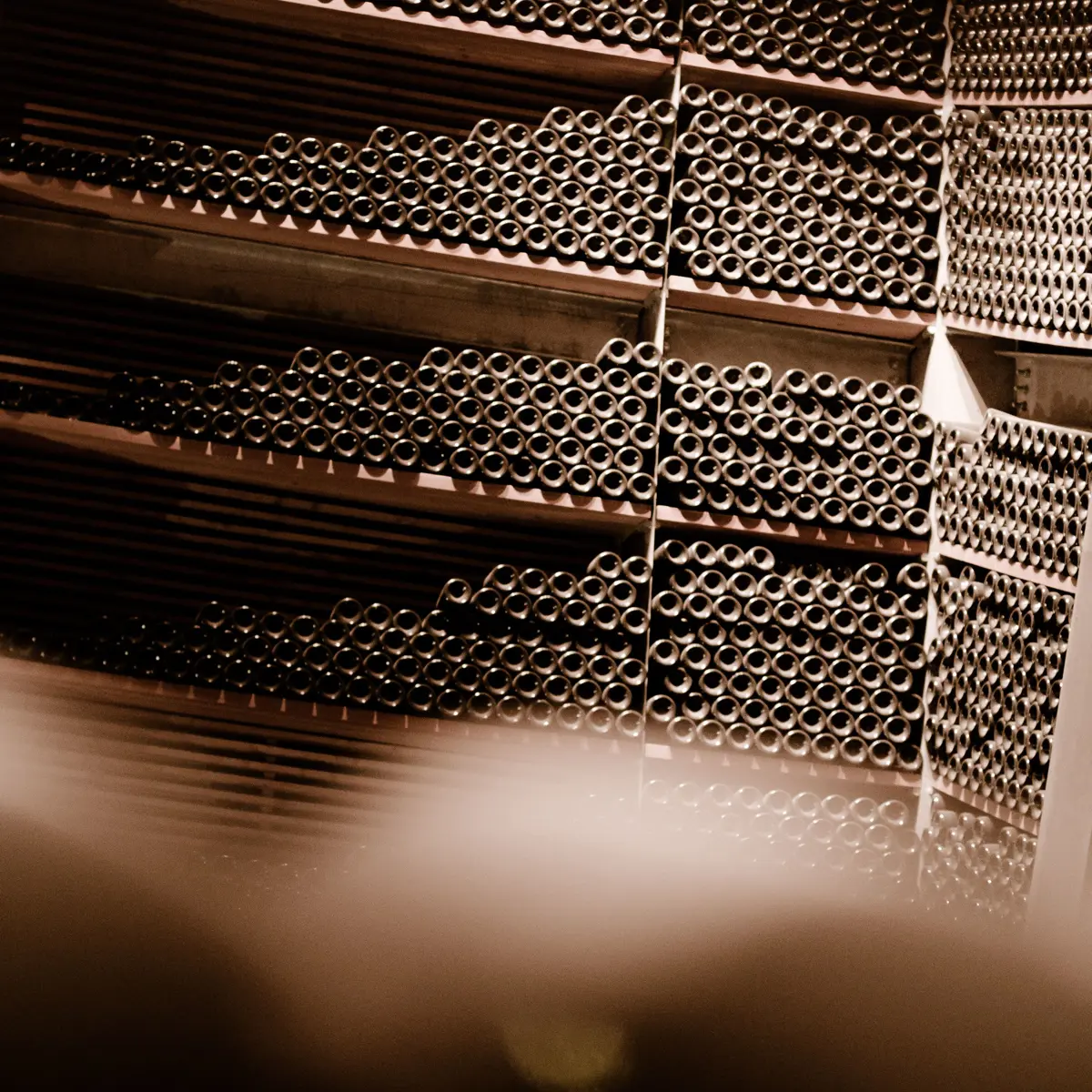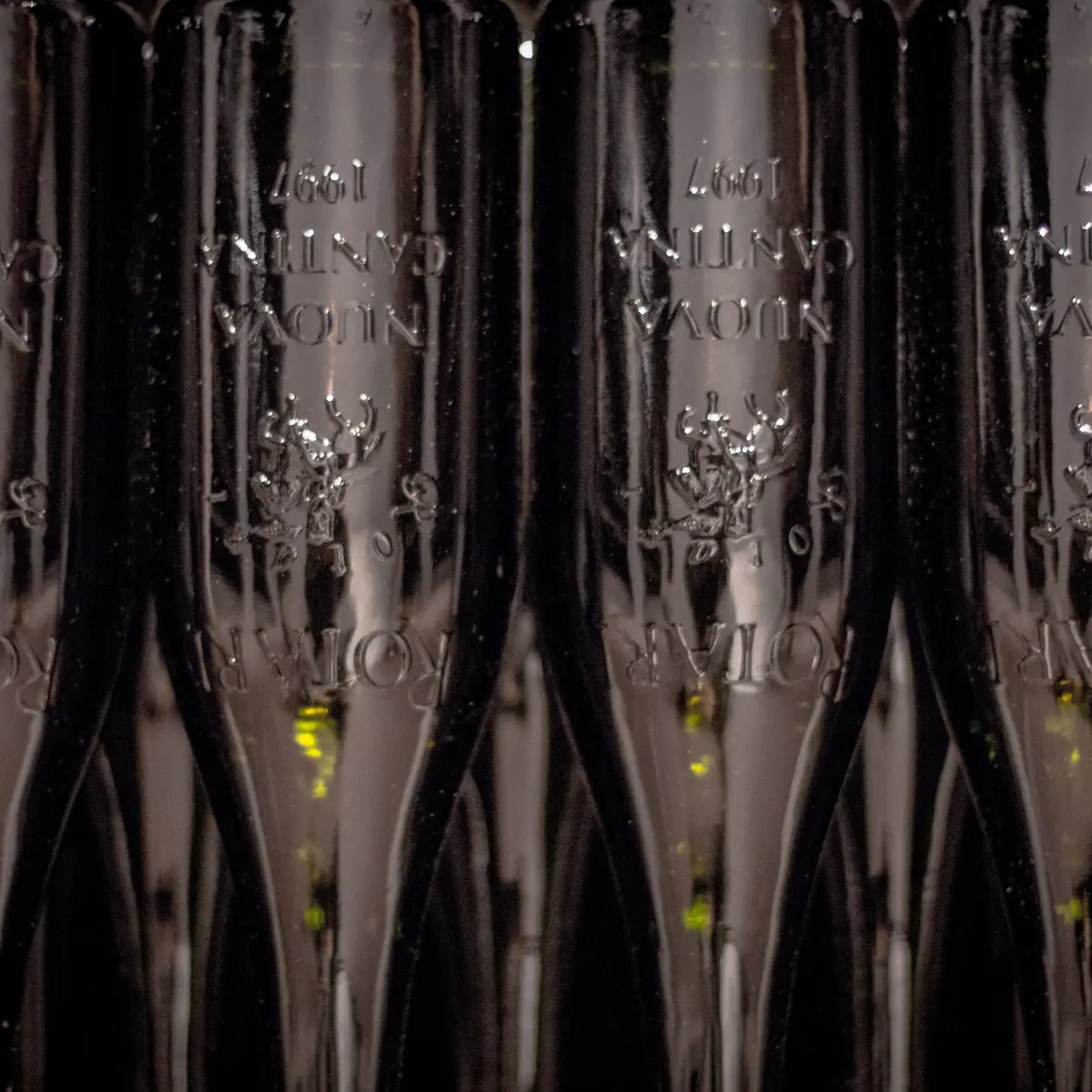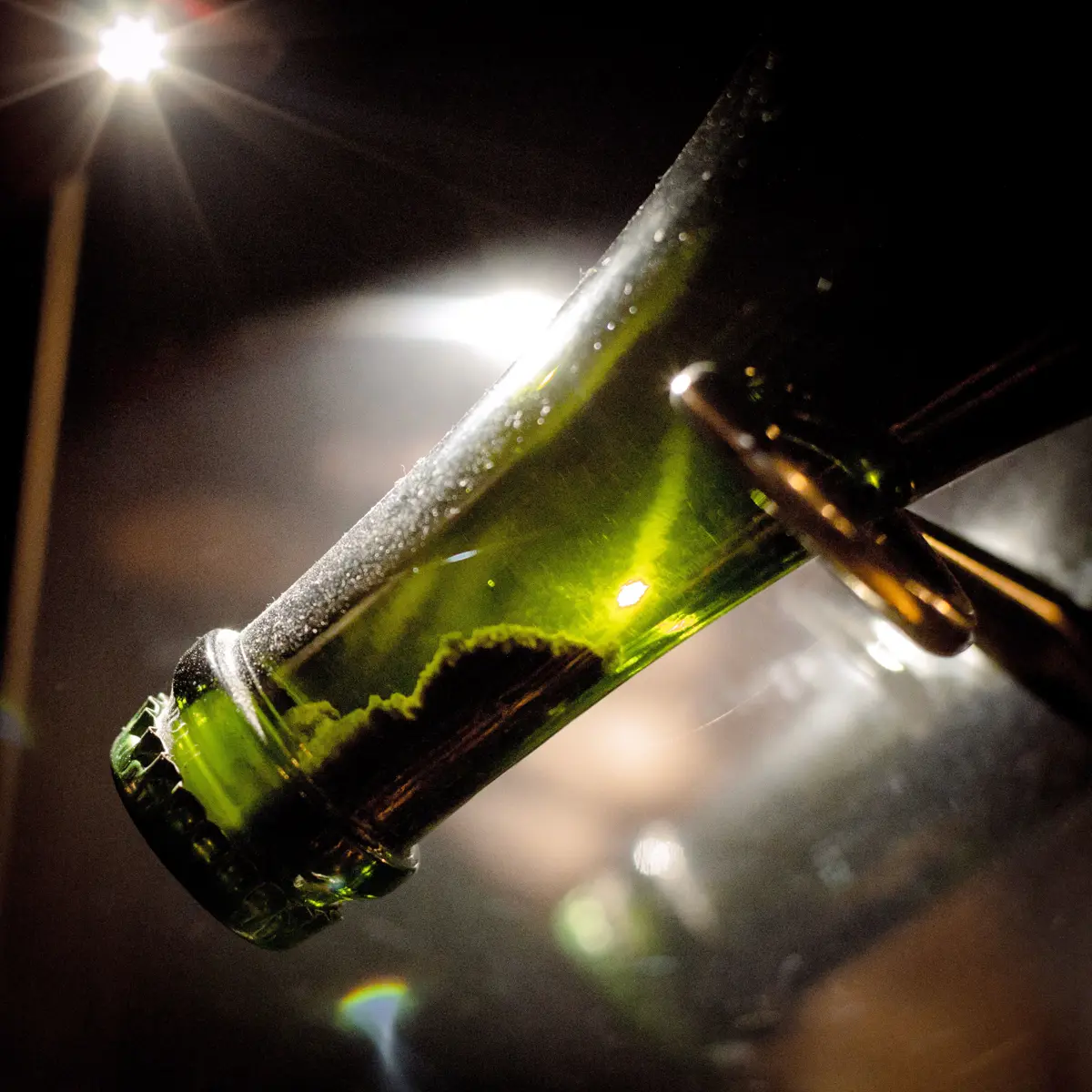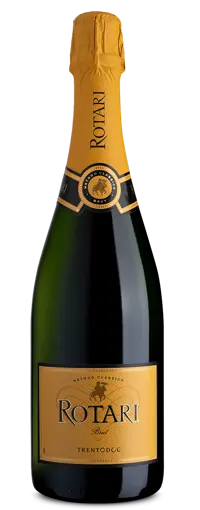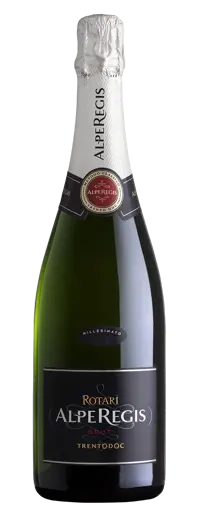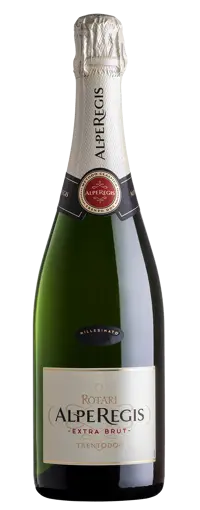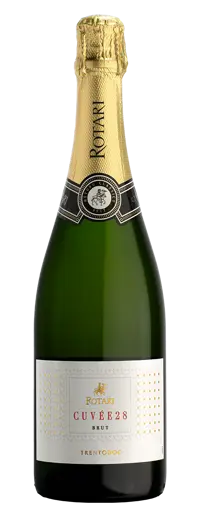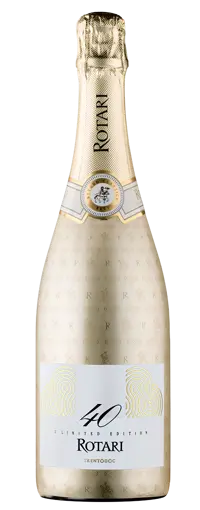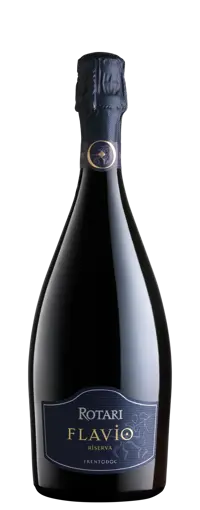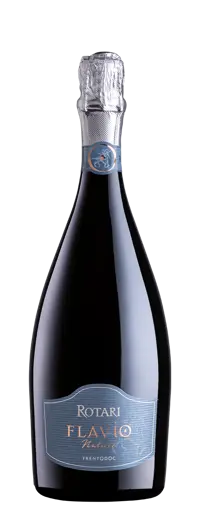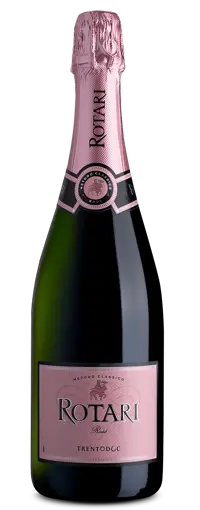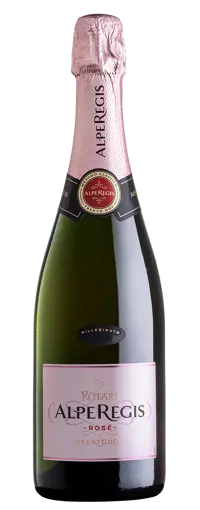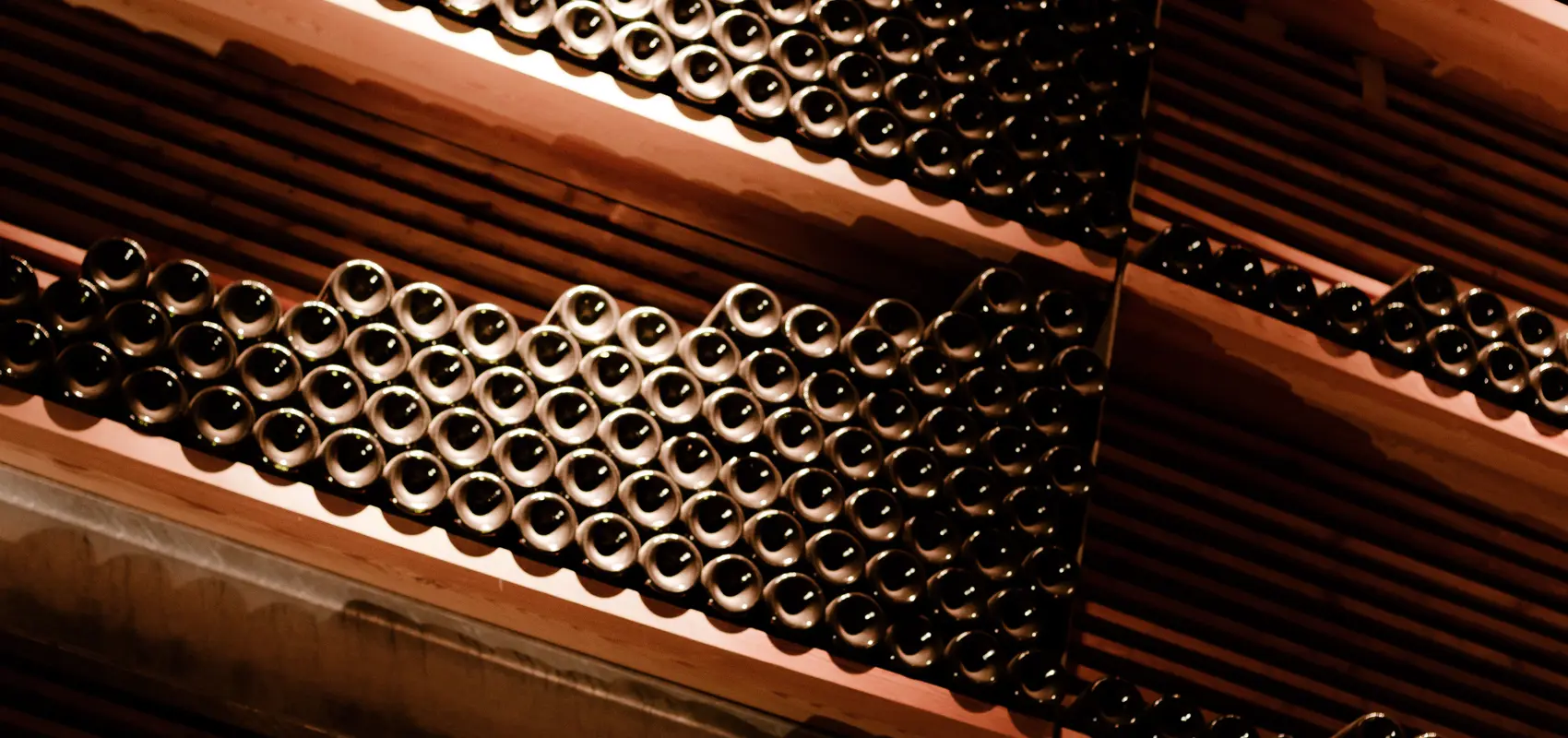
Trentodoc
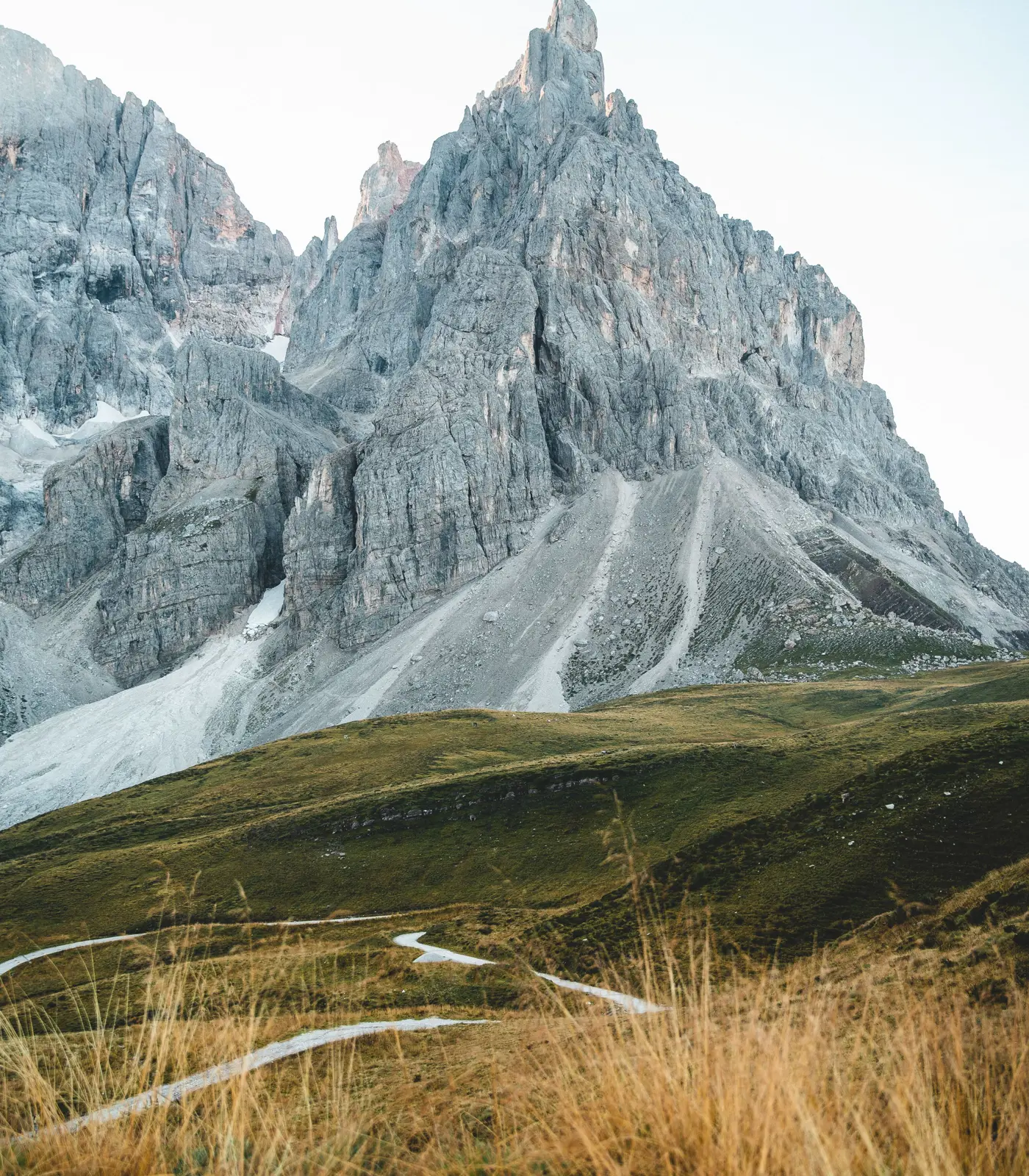
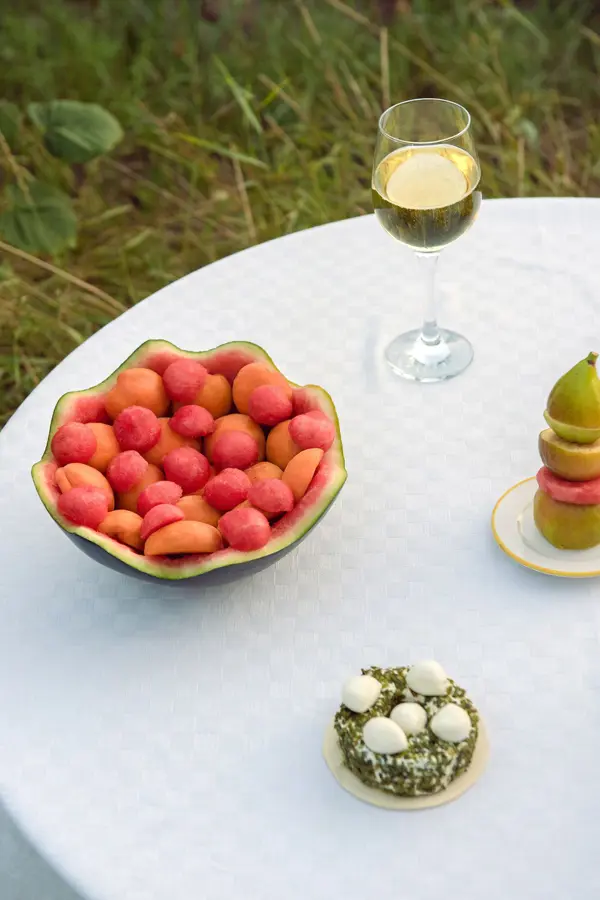
Trentodoc Metodo Classico: le bollicine di montagna
Trentodoc Metodo Classico è uno spumante speciale perché combina una terra unica e particolarmente vocata con il sistema di spumantizzazione più affascinante e prestigioso. La mineralità della terra, l’utilizzo di sole uve trentine, la vendemmia manuale, il rigoroso processo di cantina: serve una straordinaria combinazione di natura, tecnica, passione e tempo per degustare un calice di Rotari Trentodoc Metodo Classico.


Il metodo classico
Il più antico sistema per produrre vino spumante è noto come Metodo di Rifermentazione in Bottiglia, o Metodo Classico. Conosciuto già da 400 anni, è il più prestigioso fra i sistemi di spumantizzazione.
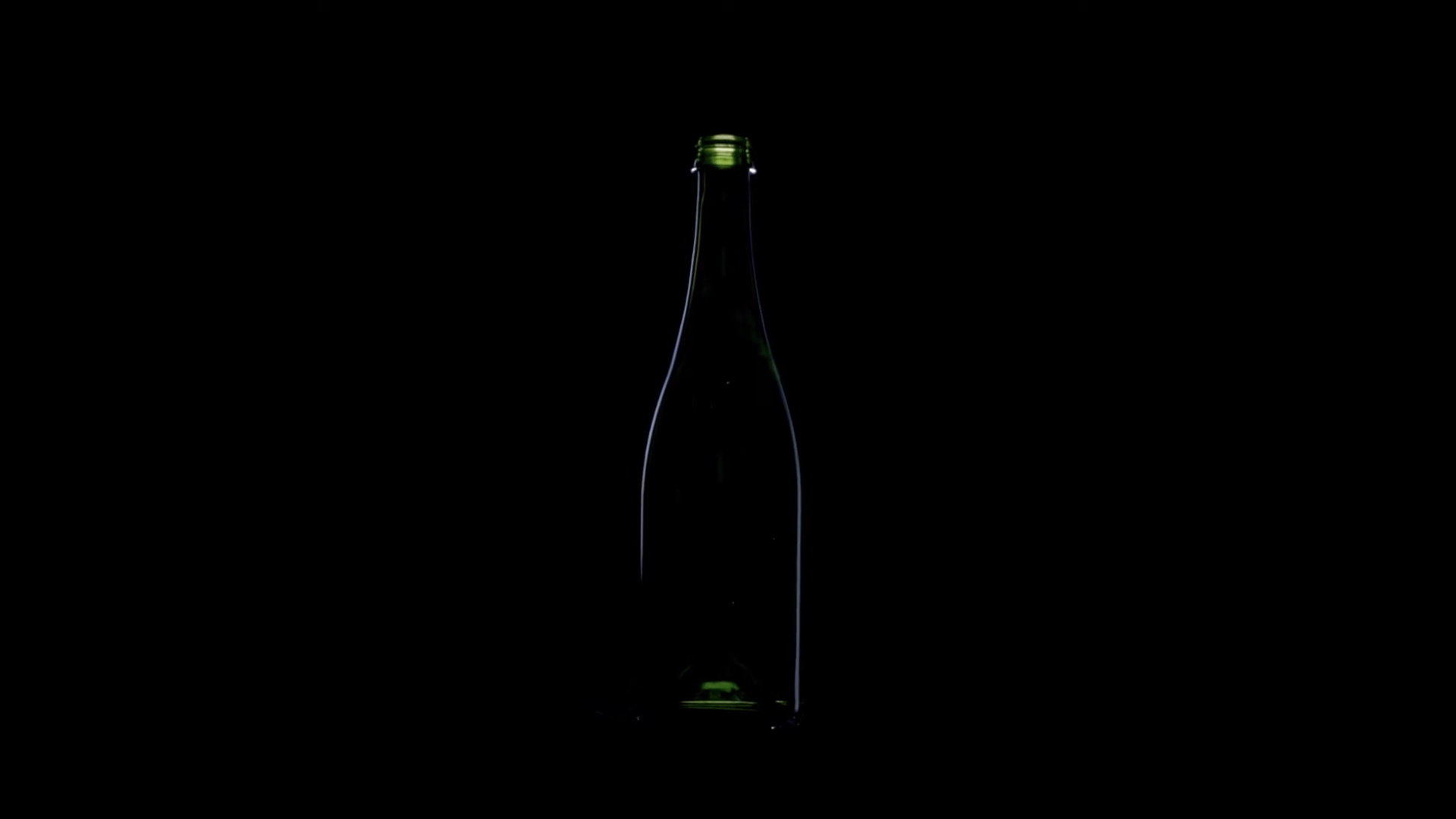
Le bollicine di montagna
In una variegata composizione di microclimi (alpino, continentale, mediterraneo), le rocce delle Alpi e delle Dolomiti declinano in terreni dalla straordinaria mineralità. Coltivati con estrema cura, ogni giorno, ogni stagione, restituiscono uve uniche e di qualità che vengono trattate con passione antica e tecniche all’avanguardia. Il tempo fa il resto. È così che nascono le bollicine di montagna.
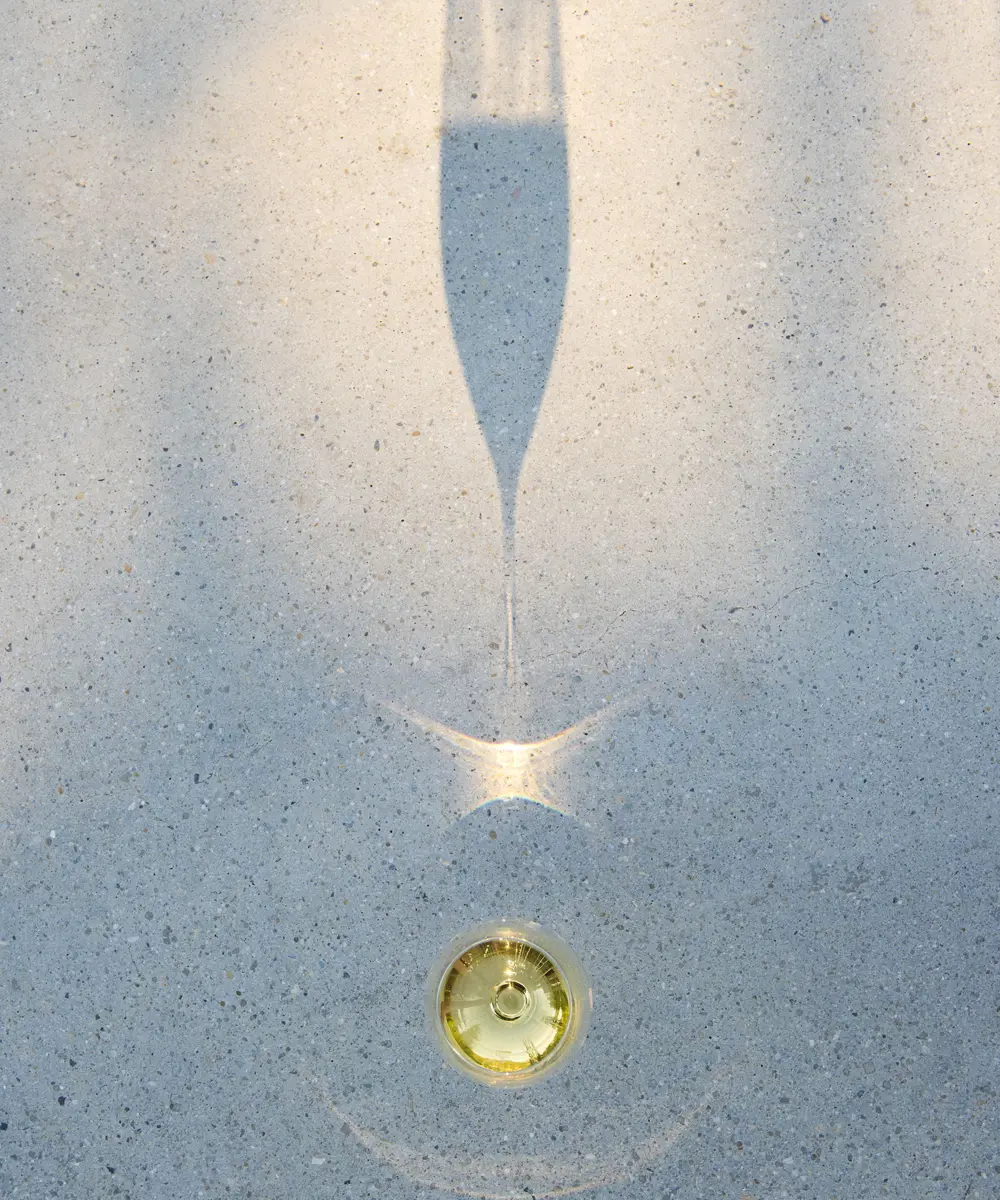

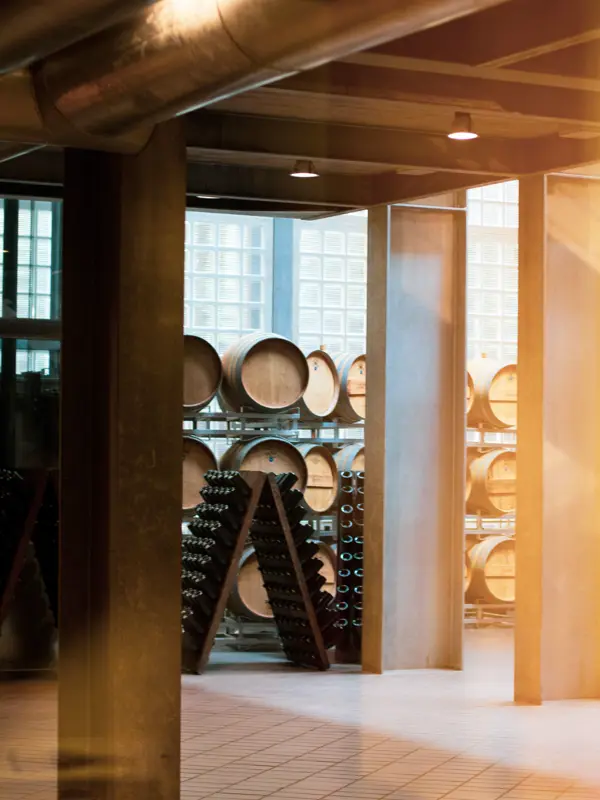
Istituto Trentodoc
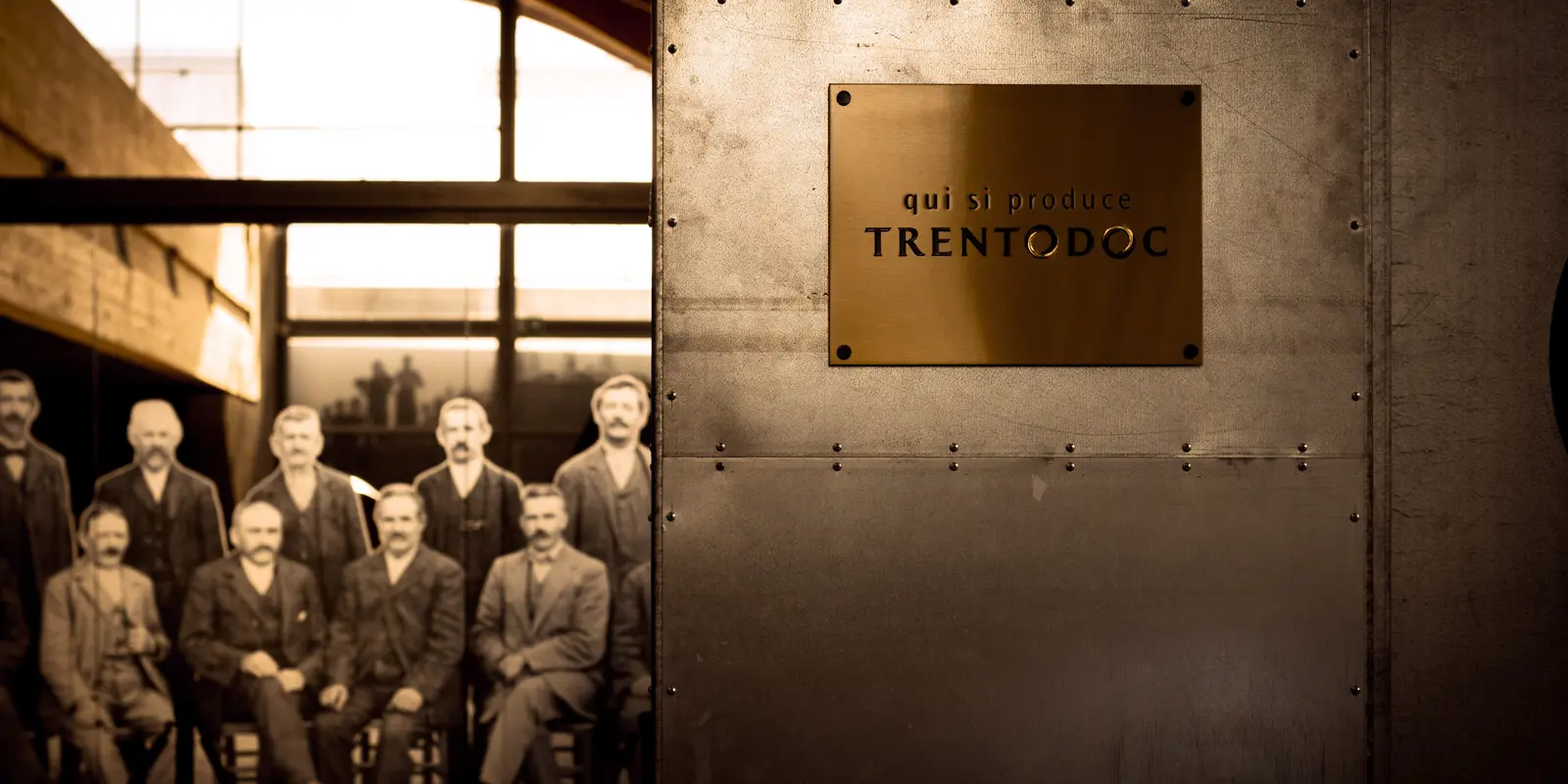
Un istituto comune per garantire la qualità degli spumanti Trentodoc e promuoverla in Italia e nel mondo. Un disciplinare di produzione condiviso, che assicura tanto l’origine quanto il sistema di produzione – con rifermentazione in bottiglia e contatto con i lieviti molto prolungato – e permette solo ai migliori spumanti di diventare Trentodoc.
Lo stile di Rotari
Audace come le montagne, paziente come la natura alpina: Rotari Trentodoc è il classico di montagna. Là dove le brezze d'alta quota ne temprano il carattere, le rocce lo definiscono e il sole di montagna dà vita a un bouquet di colori, scorre la traccia del tempo, raffinando gli aromi e i sapori. Un incanto di raffinatezza e leggerezza.
